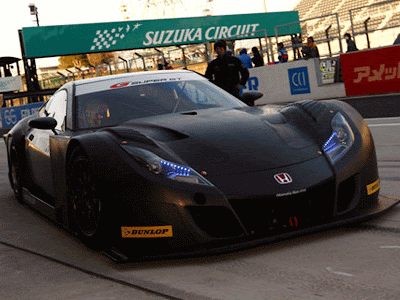
The five-door that we drove will be in showrooms in January, while the three-door – which is simply shorter, rather than a different shape – comes four months later. Inside, Hyundai has played it safe. The design is functional and clear, and looks stylish without resorting to gimmicks. And as with the exterior, it’s all very well put together with tight, accurate lines around panels.
Boot space is a handy 295 litres, which is bigger than either the Corsa or new Fiesta. And while the rear seats don’t perform the one-touch folding tricks of the Honda Jazz, they do split and fold flat, although the seat backs are slightly higher than the boot floor. Put them back up, and there’s space for a six-footer to sit behind another six-footer. Headroom is generous for rear seat passengers, as is foot space, while legroom is the only constraint.
Where the i20 really scores is with standard kit. Even the entry-level Classic gets air-con, CD player, MP3 socket and electric windows. Owners of the i20 will also get six airbags as standard and active head restraints which move forwards to cushion against whiplash injuries. These are measures Hyundai believes will lead to the car winning five stars in Euro NCAP’s safety tests. The firm estimates the i20 will be priced around £1,000 less than the equivalent Fiesta, so the range should start at about £8,000.
The Korean firm is further appealing to our rediscovered thriftiness with the engines on offer. The range includes the 1.2-litre petrol used in the i10, plus the i30’s 1.4-litre unit. But the headline grabbers will be the 75bhp and 90bhp 1.4-litre diesels that both return 64.2mpg and 116g/km of CO2. The 90bhp oil-burner is a relaxed cruiser, although you have to work it surprisingly hard for any turn of speed. The i20’s new chassis is a big step forward over the lacklustre Getz. It corners with composure, and the electric power-steering is responsive and accurate.
© Source: autoexpress
We need your comments below >>











No comments:
Post a Comment